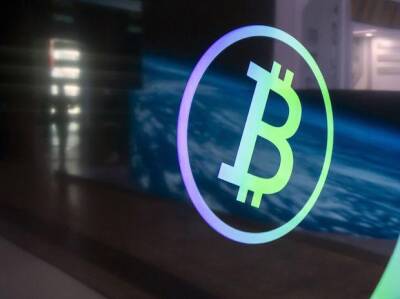Hedge against inflation? Bitcoin turns 13, throws interest rate tantrums
Bitcoin is growing up. The original cryptocurrency turns 13 this year and is showing signs of becoming a more mature financial asset - but watch out for the teenage tantrums.
This drift towards the mainstream, driven by the big bets of institutional investors, has seen bitcoin become sensitive to interest rates and fuelled a sell-off in the coin this month as investors braced for a hawkish Federal Reserve policy meeting.
The cryptocurrency, born in 2009, was still on the fringes of finance during the Fed's previous tightening cycle, from 2016 to 2019, and was barely correlated with the stock market.
Times have changed.
Bitcoin has been positively correlated with the S&P 500 index since early 2020, according to Refinitiv data, meaning they broadly move up and down together. Their correlation coefficient has risen to 0.41 now from 0.1 in September, where zero means no correlation and 1 implies perfectly synchronised movement.
By contrast, that coefficient was just 0.01 in 2017-2019, according to an International Monetary Fund analysis published this month.
"Now that bitcoin is not entirely held by early adopters, it's sitting in a 60/40 type portfolio," said Ben McMillan, chief investment officer of Arizona-based IDX Digital Assets, referring to the institutional strategy of allocating 60% of a portfolio to relatively risky equities and 40% towards bonds.
"It's not surprising that it's starting to trade with a lot more sensitivity to interest rates."
Bitcoin closed below the $40,000-mark for the first time since August 2021 on Friday, some way off its November peak of $69,000.
HEDGE AGAINST INFLATION?
The crypto market is increasingly being characterised by big investors, rather than the smaller retail players who drove
Read more on business-standard.com






















